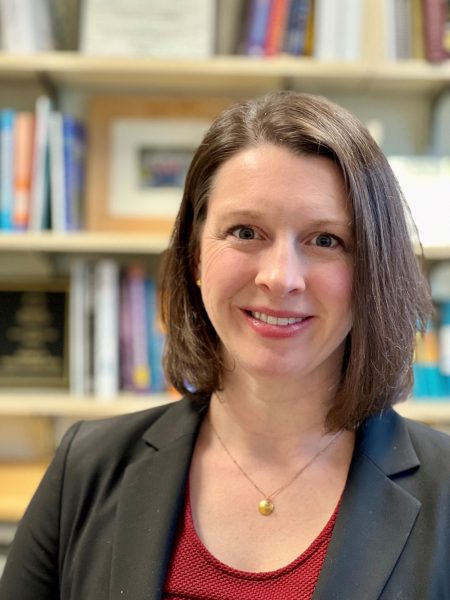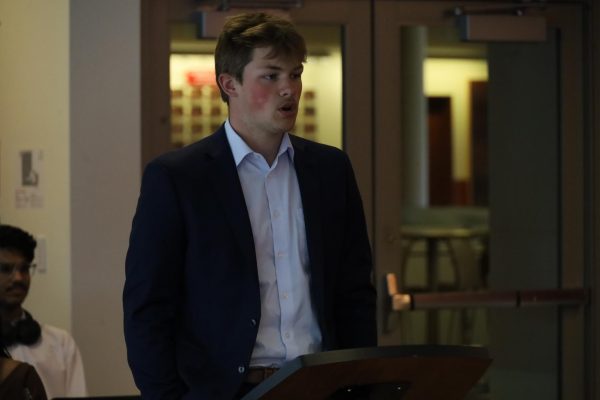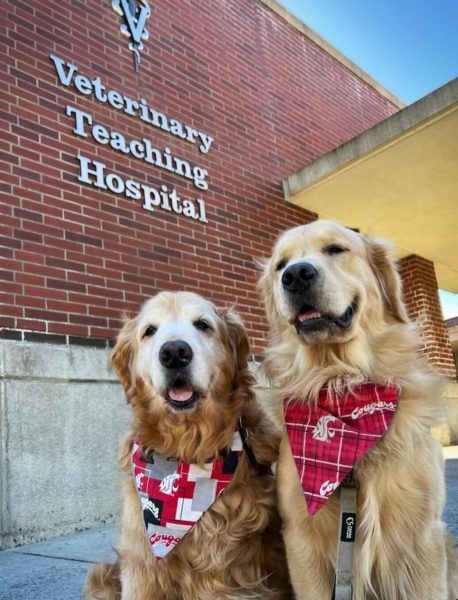Research explains how to eradicate certain types of antibiotic-resistant bacteria
December 12, 2016
A WSU doctorate student, in collaboration with professors, was the first to explain how an electrochemical reaction aids in eradicating certain types of antibiotic-resistant bacteria, called persister cells.
Persister cells are different than bacteria that have mutated to become resistant in that the persisters form a protective layer called a biofilm. The presence of biofilms makes the bacteria harder to get rid of since antibiotics have trouble penetrating the film.
The researchers published the findings in Nature Partner Journals Biofilms and Microbiomes, an online nature research journal. Sujala Sultana, then a doctorate student, used an electrochemical scaffold (e-scaffold) to produce a small and consistent amount of hydrogen peroxide, which damaged the cell membrane and made the bacteria more susceptible to antibiotics.
“Researchers were using electrical stimulation for many years but they were not looking into the mechanism,” Sultana said, “which is why they were not able to standardize or get very consistent results.”
Sultana conducted this research as her doctoral thesis under the supervision of Haluk Beyenal, a WSU professor in the Voiland School of Chemical Engineering and Bioengineering, and in collaboration with professor Doug Call of the Paul G. Allen School of Global Animal Health.
Both Beyenal and Call are listed as co-authors on the paper. Beyenal conceived the idea to use an e-scaffold to produce hydrogen peroxide and Call helped Sultana understand how antibiotics work.
Beyenal had been researching fuel cells when he realized the cathodes were not producing the correct amount of electrons. He said he soon discovered that the missing electrons were being used to produce hydrogen peroxide, making the cathodes ineffective. They changed focus and looked into uses for the hydrogen peroxide.
“We looked into the mechanism and controlled the parameters so that we always had consistent results over lots of replications,” Sultana said.
The experiment analyzed Pseudomonas aeruginosa PAO1 biofilms. Pseudomonas bacteria are commonly found in the environment and typically have persister cell populations and biofilms. The bacteria are linked to diseases such as cystic fibrosis and pneumonia, as well as chronic wound infections, the major application of the e-scaffold treatment.
“When they physically remove the biofilm, still they have some leftover cells on the surface – it re-grows,” Beyenal said.
After treating the bacteria with the e-scaffold, Sultana applied an antibiotic called tobramycin.
“Her double-hit here really hammered it, and we didn’t recover any bacteria at all,” Call said.
Sultana graduated with a Ph.D. in chemical engineering in spring 2016. The researchers filed a patent for the e-scaffold technology and are hoping to sell it to companies. Beyenal continues to conduct research with e-scaffolds in search of other applications.


















